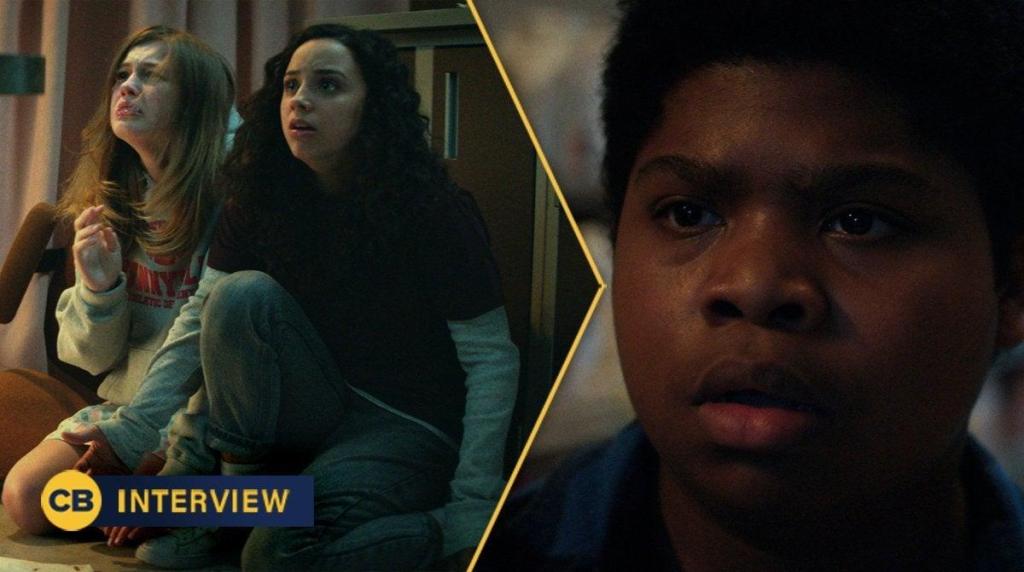Over more than three decades, author R.L. Stine has delivered audiences dozens of Fear Street books, chronicling terrors of all sorts in his novels geared at teen-aged horror fans. For the trilogy adaptation of the concept, filmmaker Leigh Janiak opted to, instead of directly looking towards the source material for narrative inspiration, she opted to tap into the essence of the series while crafting an entirely new storyline. While the stars had a wealth of material to draw from, the cast recently detailed the ways in which they approached the project and what set the trilogy apart from the original books. Fear Street Part 1: 1994 hits Netflix on July 2nd, Fear Street Part 2: 1978 debuts on July 9th, and Fear Street Part 3: 1666 will be unleashed on July 16th.
Videos by ComicBook.com
“The scripts are based in the R.L. Stine world but not directly off of the Fear Street books and what they wrote already was good and I felt like everything that I could have learned, my character already had substance about, so I just tried to dive into my character as much and lean into whatever similarities that I have in my life to my character to make it as real as possible,” Benjamin Flores Jr. explained to ComicBook.com about his approach to his character. “Instead of searching for that within a Fear Street book or anything, I just searched for that through the character that was given to me and through myself.”
In 1994, a circle of teenage friends accidentally encounter the ancient evil responsible for a series of brutal murders that have plagued their town for over 300 years. Welcome to Shadyside.
Not only do the films embrace the spirit of the original novels, they also lean into well-worn elements of iconic horror tropes, in some cases making direct choices to deviate from the genre’s norms.
“I definitely wanted to honor the fact that ‘Final Girls’ are strong,” Kiana Madeira expressed of serving as the film’s hero. “They’re empowering and so I wanted to make sure that the characters that I play have the strength in the way that they carried themselves. And I also wanted to make sure that my characters had vulnerability and I didn’t want to shy away from having so much heart, because I think that the best characters are dynamic and they’re more than just one thing, so as much as I wanted these characters to be strong and powerful, I also wanted to show that they feel so much and they’re scared sometimes, too. And that they also want to be taken care of. I wanted it to be dynamic in that way.”
Another key component of honoring the source material is that, rather than being abject horror start to finish, the films all feature drama and humor alongside the unsettling events. Of all the sequences that were brought to life, Olivia Welch admits that one scene from 1994 stands out from the rest.
“I’ll always love the grocery store sequence so much, because it’s just a wild ride. The minute we enter that location to the minute we leave, get ready for the best time ever in the worst ways possible,” Welch admitted. “I think that’s such a big one, but I feel like every time it was a little group scene of us together, and Fred [Hechinger] and Julia [Rehwald] who play Simon and Kate, are just so funny in the movies. I feel like there would be times where everybody was so funny, and we’re like having to be dramatic and we’re going through this break-up, maybe getting back together, and it was just the best doing any of the group scenes.”
Fear Street Part 1: 1994 lands on Netflix on July 2nd, Fear Street Part 2: 1978 debuts on July 9th, and Fear Street Part 3: 1666 will be released on July 16th.
Are you looking forward to the new films? Let us know in the comments below or contact Patrick Cavanaugh directly on Twitter to talk all things Star Wars and horror!









